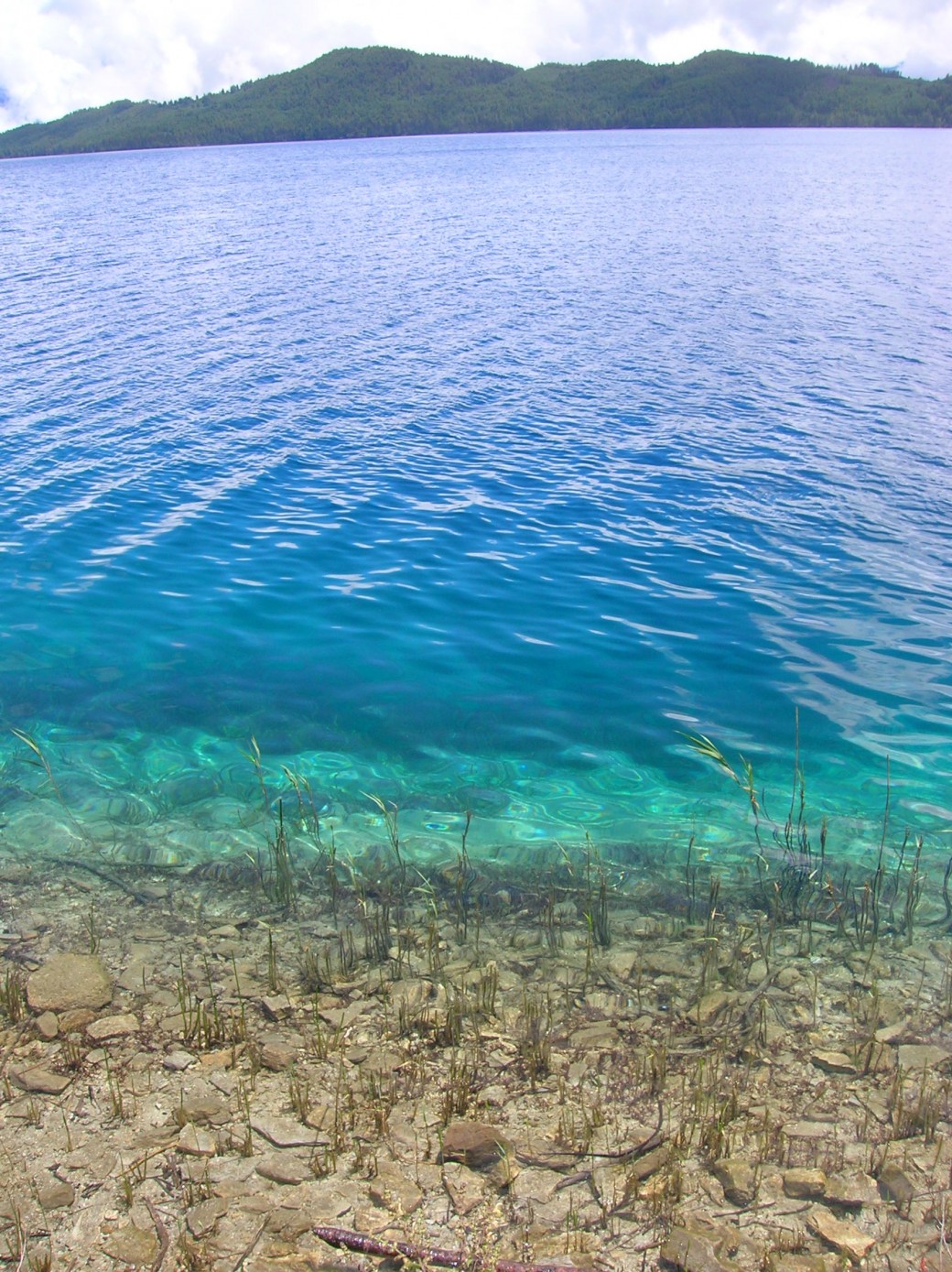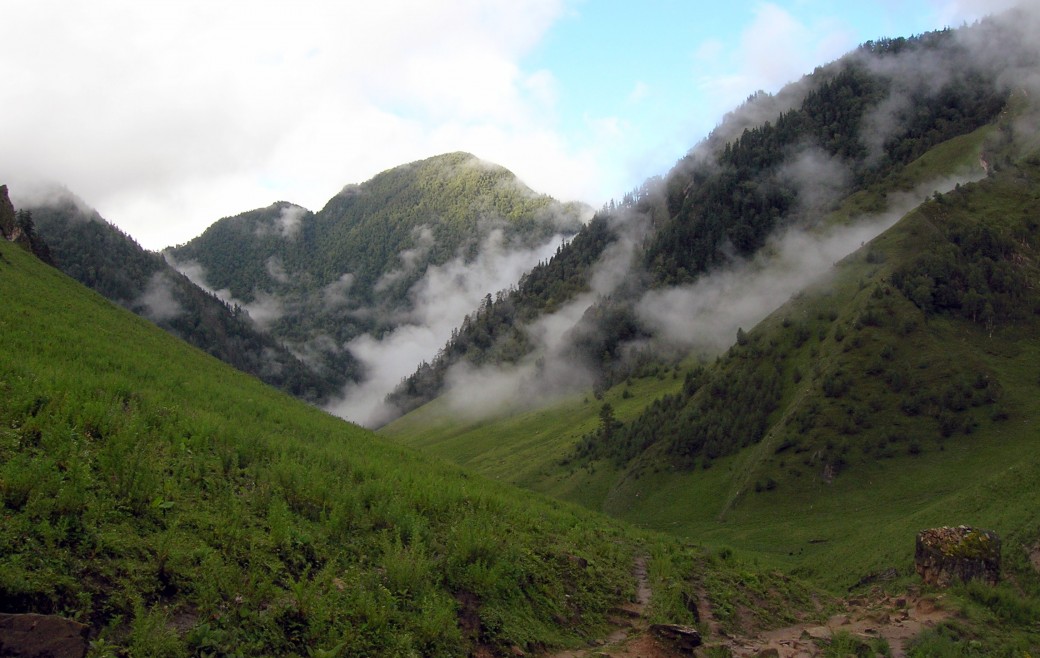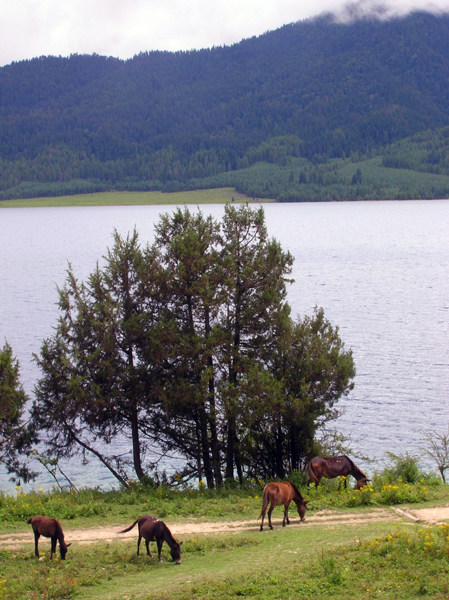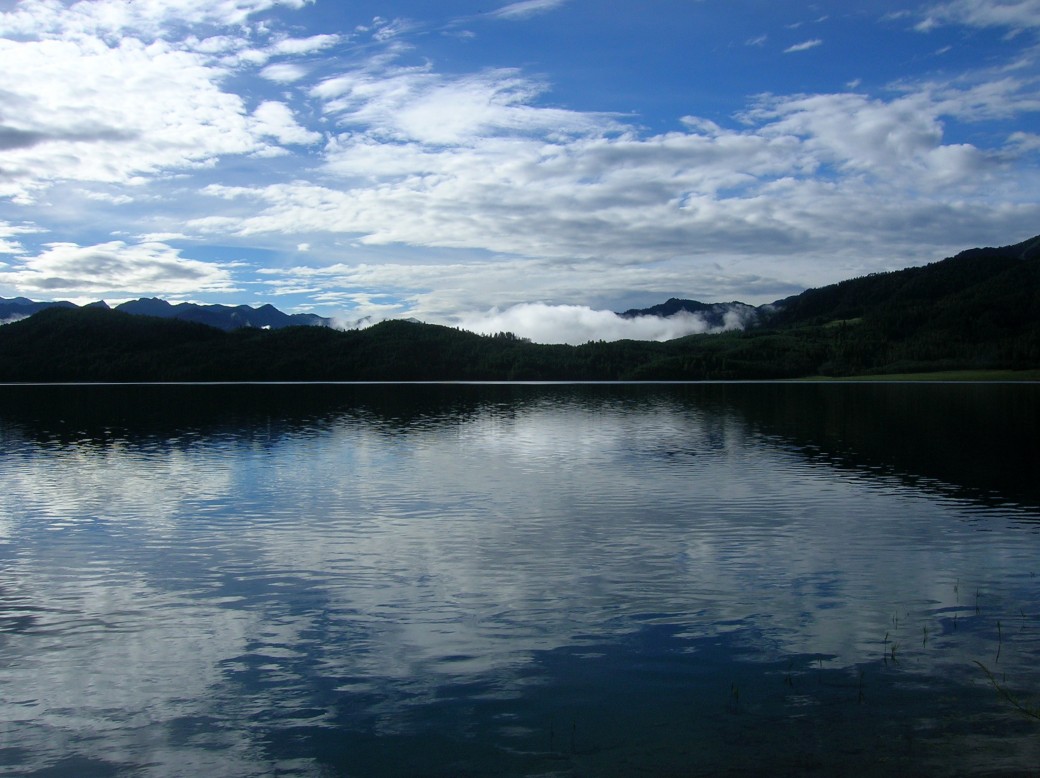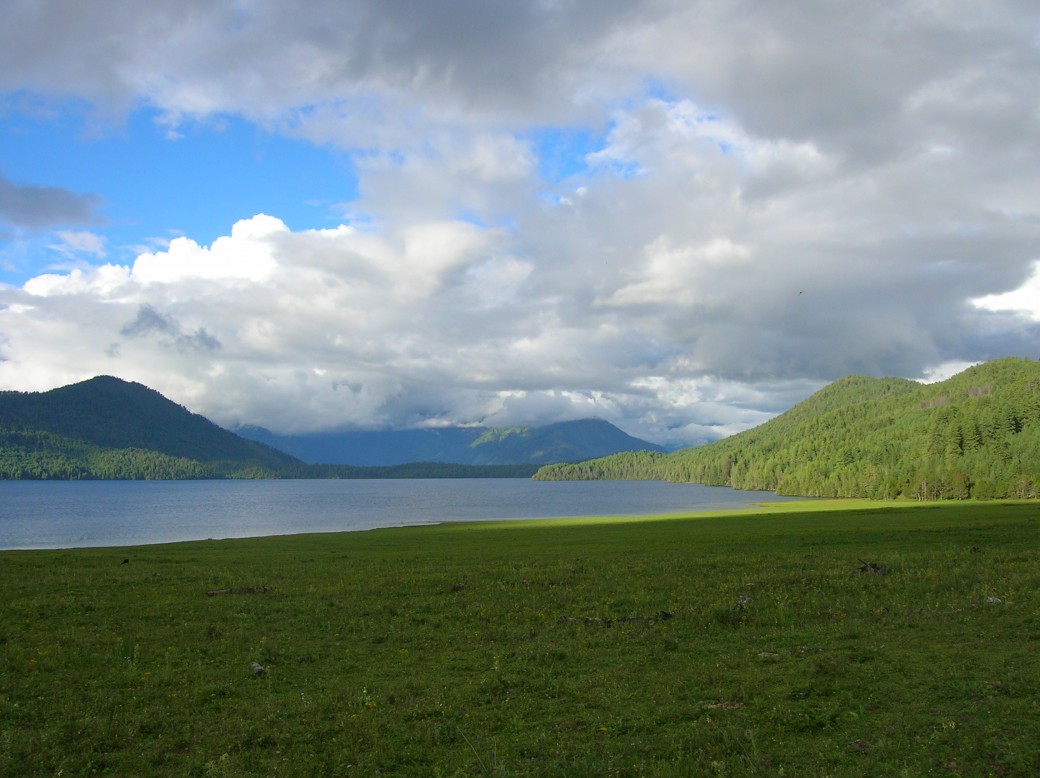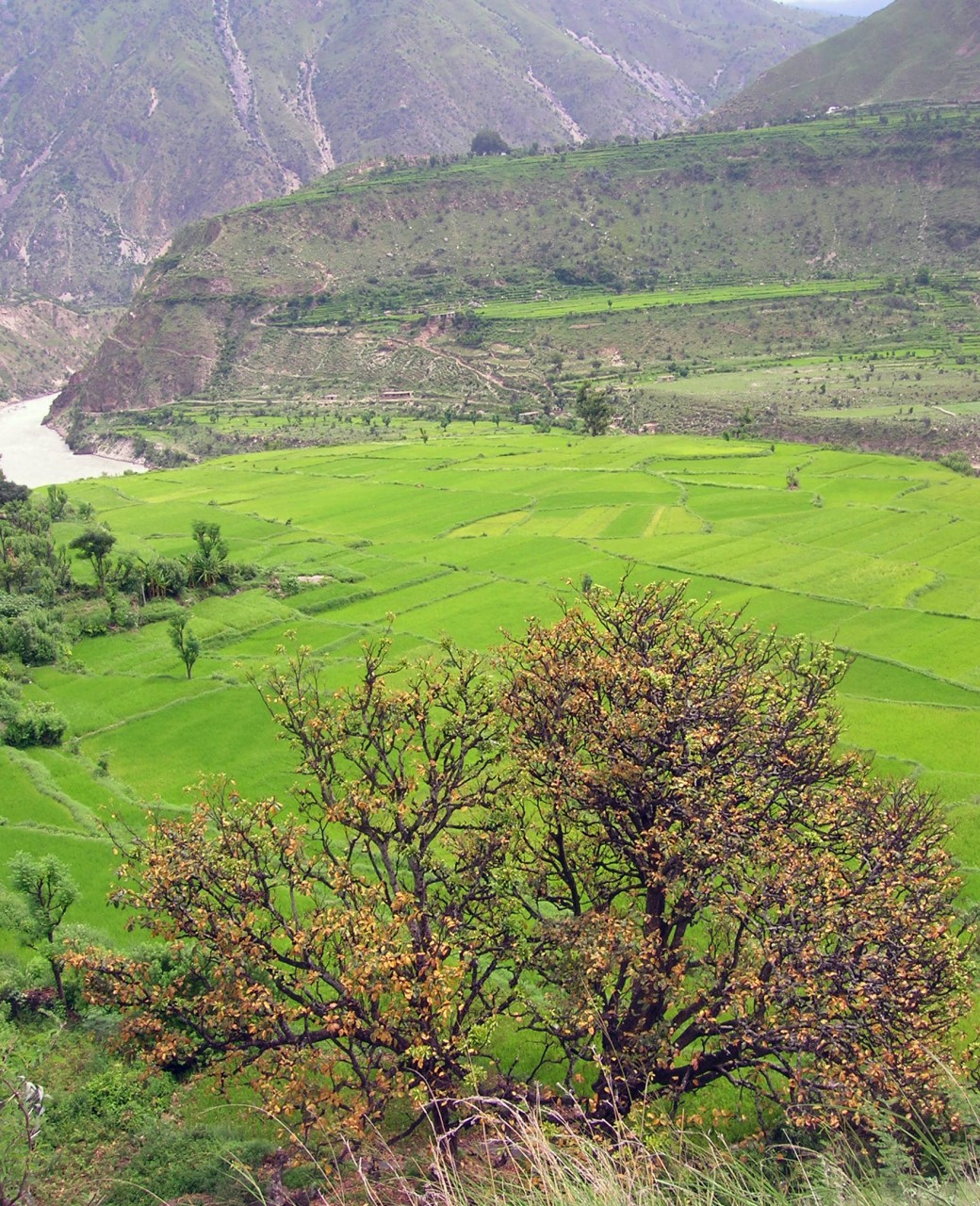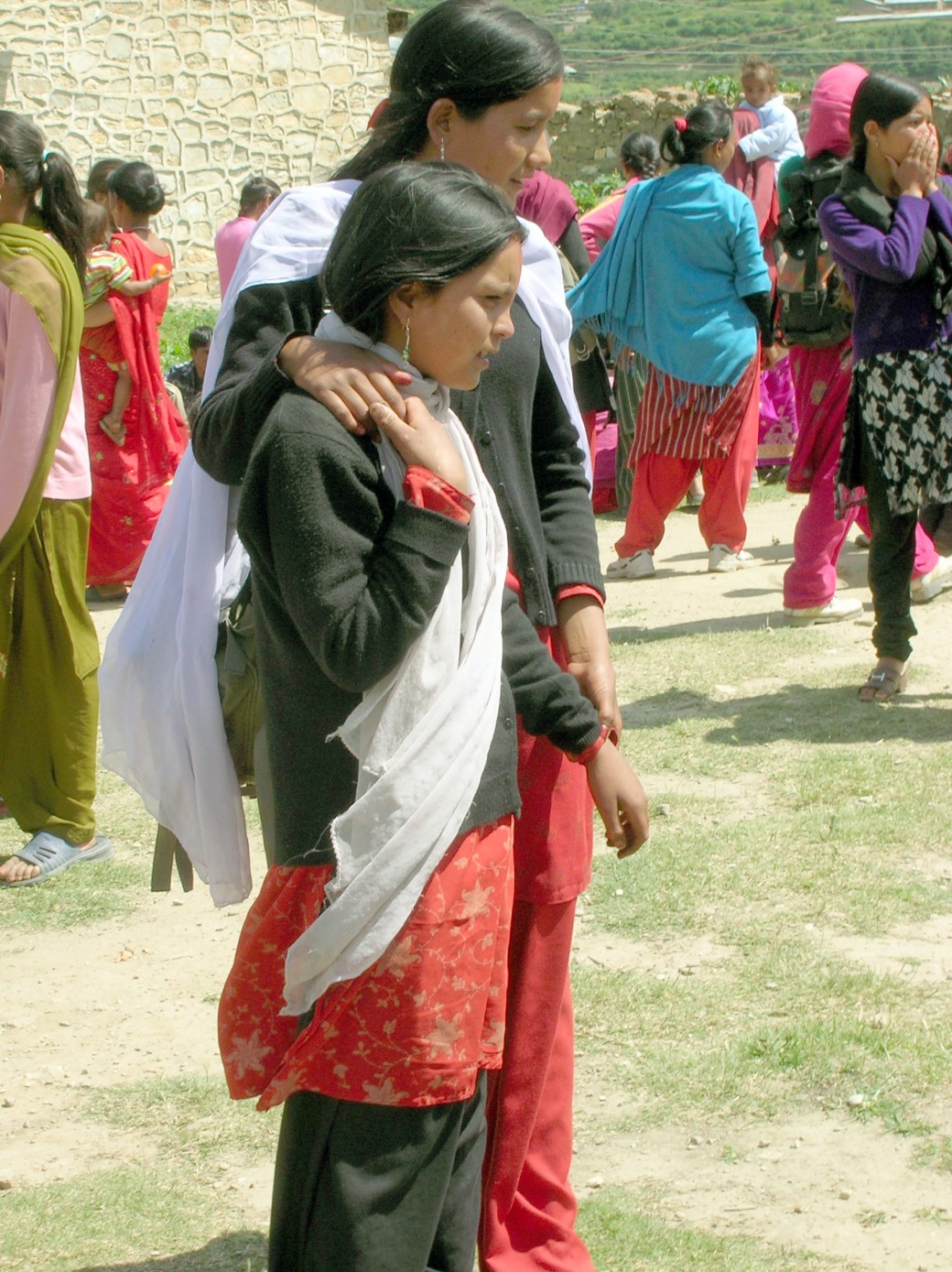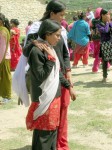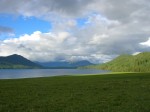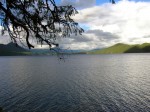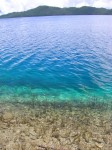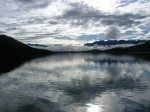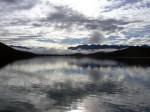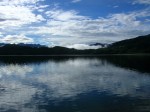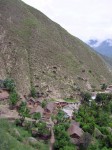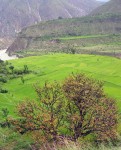This travel diary is from my trip to Rara Lake via Jumla and then down to Kolti and back to Surkhet done in August 2009.
Day 1 – Surkhet to Jumla
Trip to the biggest lake in Nepal, Rara, was a solitary but rather exhilarating experience. I was going solo and my plan was to trek up there from Jumla to Rara, Mugu and the go down to Bajura,and get to the plains from there. I stayed a hospital in Surkhet with a friend who was a doctor there. That introduced me to the what the people up north in the most undeveloped part of Nepal were experiencing. Surkhet is a gateway to the Karnali region including some of the far west like Bajura. The small 10 to 15 seater planes hold flights to Khalanga in Jumla, Taalcha in Mugu and Kolti in Bajura. (Jumla has cemented runaways, others don’t.)
I flew to Jumla after getting hard earned tickets (its like a bus stop where first come first serve system is put in place but then the planes would rather take rice and other cargo items in the seats than passengers, more profitable for them). At the last moment i got switched from Sita Air to Yeti Air because Sita Air plane’s tyres had burst open while landing to pick us up.
To cut the long story short, I landed in Khalanga Airport in Jumla (also called Jumla Airport). I took my backpack and made my way to find a local hotel since I thought it was best to spend the day here at a higher altitude (2340 meters). On the way I couldn’t help notice big bags of apples that locals were trying to sell at super cheap (26 rupees a kilo, at Kathmandu it costs 5 times more than that). They looked freshly picked in the morning from the orchards nearby.
Also as I traveled around the town, i found out this day was the biggest festival for Nepali women called “Teej”, where woman thronged in their best dresses (colorful to say the least) and danced in public squares. At one square there were at least 500 women around me dancing and singing and laughing around.
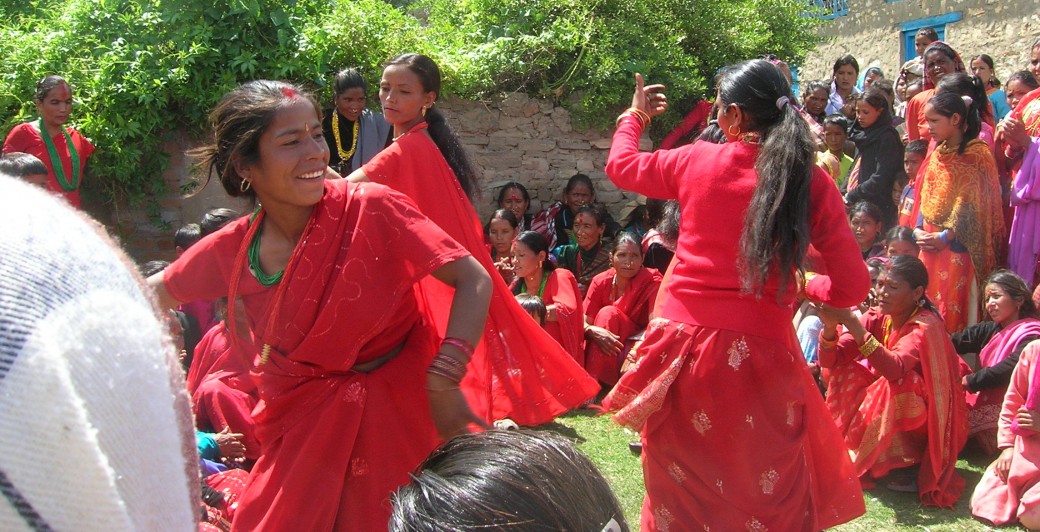
Its hard to tell that this town was attacked by the Maoists during the civil war and dozens died in the house to house fighting here. But scars must have remained amidst the glee and smiles of the people who were celebrating Teej.
That night i insisted on having local foods which were delicious. I had barley bread, red rice, local bean lentils, and local cauli flower – all organic and native. The hotel was okay – I wasn’t expecting much.
Day 2 – Jumla to Nauri Ghat
I found a sturdy bamboo stick to use on my travels. I knew it was a tough tough climb to make today. i had to cross a 3500 meters mountain pass. I took some dimox (altitude sickness pill) hoping it would help in case of altitude sickness. Plenty of locals get dizzy climbing this pass, so i heard. I had a cup of good, refreshing local herbs mixed tea. After buying a few water purification items and stomach ache pills, started my climb from Jumla. It was one hell of a climb for me. I felt that this was the hardest part of my trip. In all, my poor legs were carrying about 100 kilos and it didn’t like that at all. It seems the locals found the easiest way to travel from Jumla to Mugu was to climb all the way up, and then all the way down. I cursed the locals for such decisions 🙂
The route was beautiful and as i gained height i could see the stark changes in habitations and sceneries. The day’s walk of 12 hours was extremely tiring and for someone who didn’t have their own tents, i must say this is the only way you can get to a decent lodging on the way. So for you future trekkers, be prepared for this !
I crashed into a motel finally in “Naauri ghat” right besides a gushing river, which was all the way at the bottom of the mountain pass from Jumla.
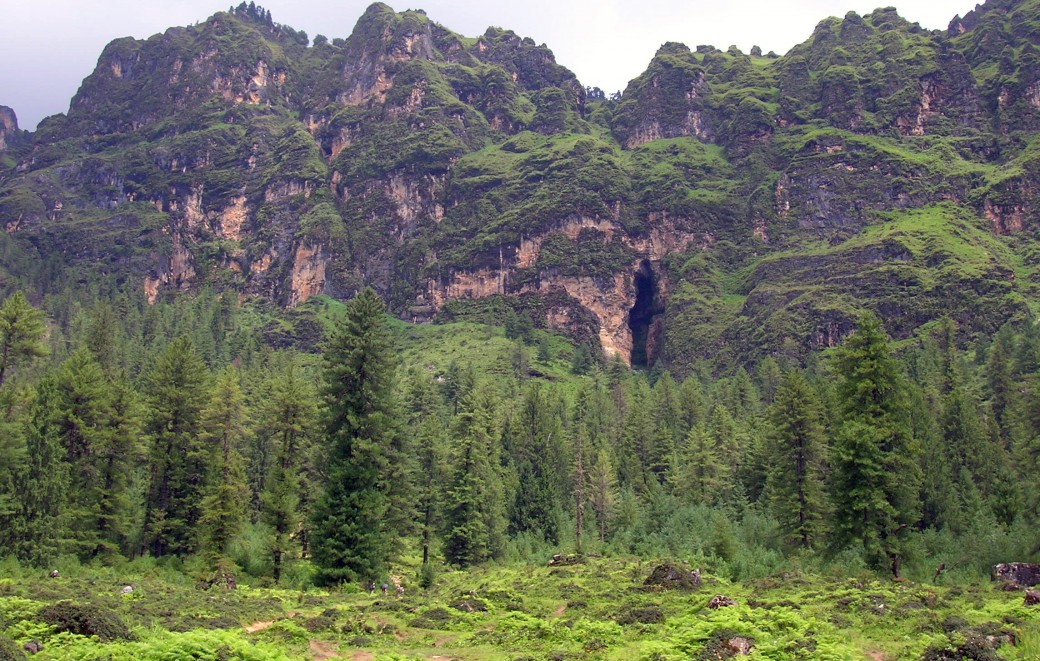
Day 3 – Nauri Ghat to Bulbule
Next morning I decided to take it easy and only walk for a few hours. The morning session was a horrendous trek up the hills again, and traveling alone has its downs. You have to bear the pain alone. It was fascinating that people would not believe me when i told them i was just “traveling”. It seems no one travels for fun in the Karnali region, or at least that is what locals believe. I traveled to a small village called Bulbule stopping by Chhautte to have chit chat with locals and a small police force who were stationed there. Bulbule was at a height which felt cold. I stayed a local motel (probably one of two there) called “Salyani Hotel”. It was fun looking at how everyone huddled around the kitchen for warmth and food. Potatoes were baked and served in plenty.
Day 4 – Bulbule to Rara Lake
It was supposed to be a comfortable walk to see the Rara Lake finally . But I have stopped believing the local’s sense of time and effort. There is certainly a “lost in translation” going on, even though we speak the same languages. Rara instead of a comfortable 8 to 10 hours walk ended up another 12 hours walk, going all the way down another mountain pass and all the way up to the plateau which contained Rara at 3000 meters. Even though the last sight of the lake gave me enough strength to reach the only “motel” inside Rara National Park, right besides the lake. Rara was astounding. Here are some pictures i took of this place – very clean, serene, pristine and untouched.
Day 5 – Rara Lake
I decided to stay in Rara for a few days as i was exhausted and had started a slight cold. I started drinking insane amounts of the delicious local herbs mixed tea and the sat by the lake to write, reflect-upon and what not. Imaginations run wild in Rara. I was probably the only “outside tourist” in my entire stay here. Ah well, sometimes this is for the best. I didn’t miss the crowds. I didn’t miss anything. It was me and Rara, just like Thoreau and his Walden Pond. For me, water has a strange affinity, it calms me, sets my perspective in balance and asks me naked questions about living. It cuts out straight into the raw. Rara made me reflect upon my life more and more.
Horses grazing around Lake Rara in Nepal
Day 6– Rara Lake
Today I walked around the lake. They have a beautiful walking trail by the lake’s shores which is a great walk for travelers. I had more reflections and more thoughts on how development will positively and negative affect the regions. The people who live around this conservation area are the poorest in the region. And tourism would help offset this. But with it comes the degradation of nature. Maybe conservation and tourism can work hand in hand. Although it will not be as beautiful as an untouched place. But this region needs development. People here have to benefit from the beauty of this place otherwise it is a wasted beauty.
Day 7 – Rara Lake
Suffering from running nose! I took lots more of a special local “bitter” herbs mixed tea to get rid of my cold. The people at the motel are generous on helping me overcome my sickness. We discuss about tourism, problems and conservation efforts, I talk with the local Warden of the national park, the army people who protect the lands and locals who live around. A fascinating social scenario with a lot of contradictions, yet lot of hopes. Everyone wants development here, no one agrees on how.
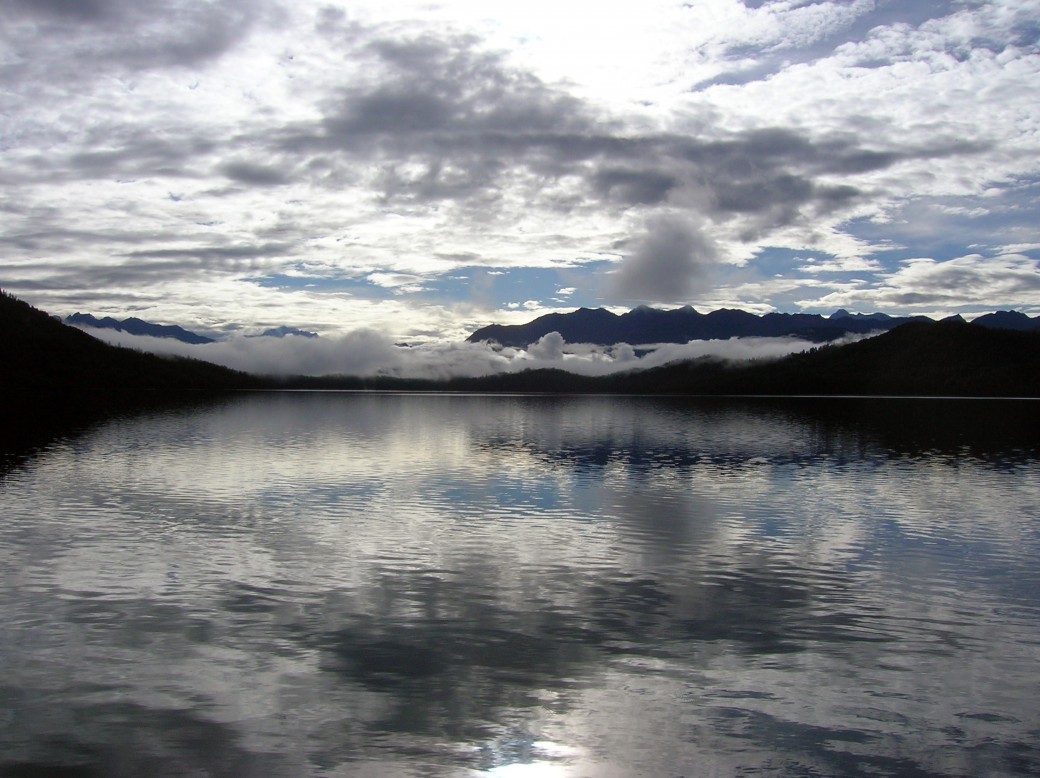
Day 8 – Rara Lake
One last day at Rara. A huge group of 70 students and teachers from nearby school are on a field trip here for the first time. People seldom travel for recreation here. So even though Rara was a day away, it was the first time for most of them. At nights, there was a surprise “deuda” dance (a dance popular in the mid western region performed by holding each others’ hand making a circle while singing) party. Supremely talented girls put up a fine show here with their local songs and dances.
Day 9 – Rara to (near) Ratapani
I left Rara to head towards another district called Bajura (Rara is in Mugu district). It was a beautiful morning walk through Rara and then I went downhill. Most travelers I found were locals carrying 40 kilos of rice bags on their backs or donkeys carrying more of rice. People are obsessed with white rice here. The road was surprising better than the others i had come across so far. Locals were saying the World Food Program had initiated a program where people got rice for making roads. This certainly will go a long way to help tourists have a better experience walking these roads. Otherwise trails in this region are inconvenient at best and dangerous at some parts where cliffs and landslides have made things worse for people who are not used to traveling on cliffs :). On a low note, got a few terrible blisters in both foots, which were painful. I found a house on the way, couldn’t walk further so crashed there. Not amusing since a group of drunkards also called it their rest place for the nights, a place an hour to go from Ratapani.
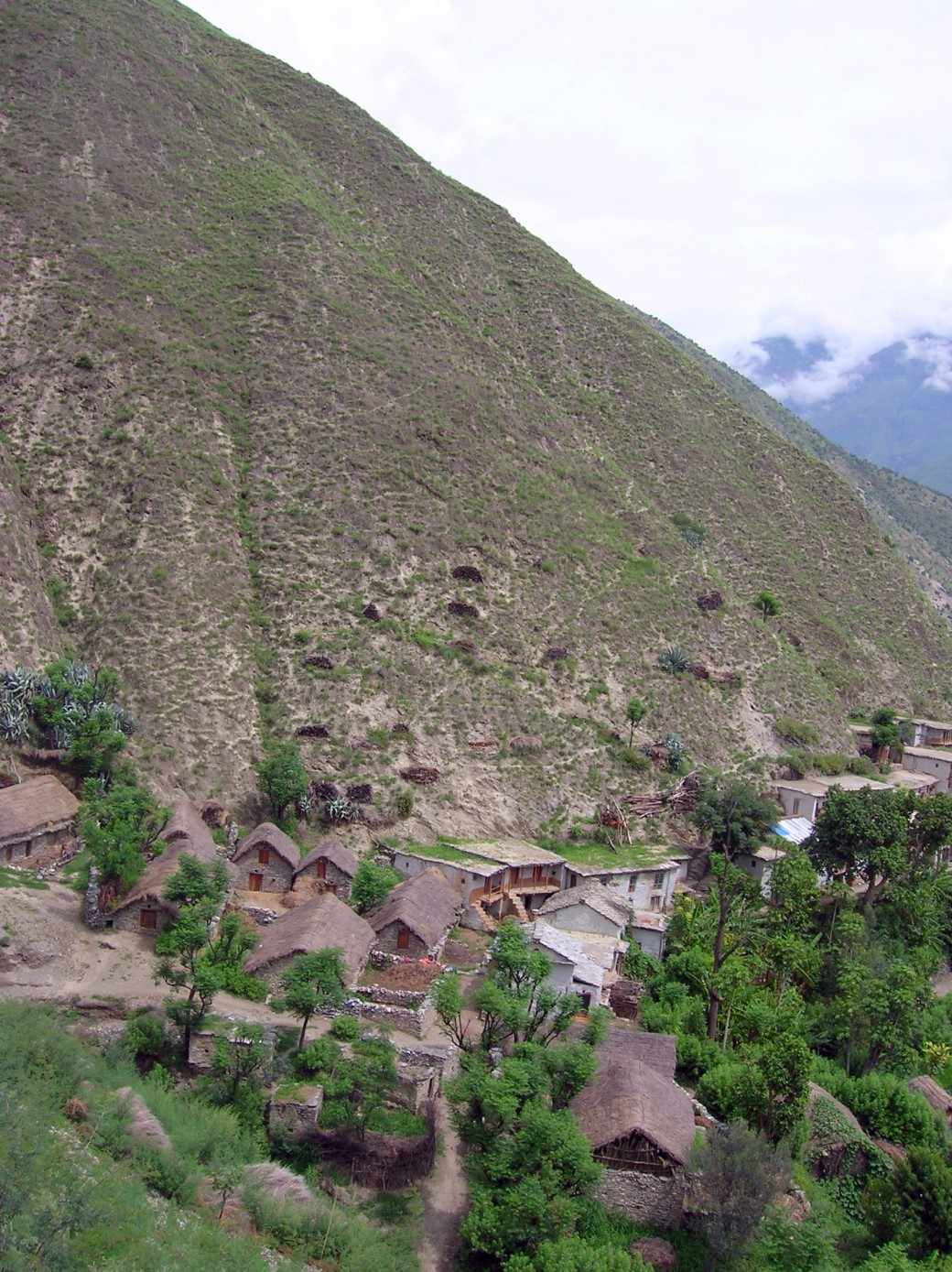 Bordering village between Bajura and Mugu near Karnali River
Bordering village between Bajura and Mugu near Karnali River
Day 10 – (near) Rata Pani to Kolti
I knew I had to reach Kolti, Bajura today despite of my blisters. So I slowly made my way down to where the Karnali River raged on. At this height also, the Karnali raged and was almost uncrossable. Luckily the suspension bridge was still intact. I made it to the bridge by the morning after 3 hours of walk from “Raato Pani”. Then the locals there told me, the route they took along the Karnali river was too dangerous for the likes of me, and advised me to take an alternate cliff route, safer but an hour and half longer. I didn’t want to take my chances so followed their advice and walked all the way up and down again. Further the lack of drinking spring water on this route made it particularly difficult as i was sweating profusely.
Finally after 2 or so hours I chanced upon a teashop on the way, which mercifully had got some spring water from a pipe from all the way up the mountains.
I was amazed that the locals could drink directly from the raging dirt filled Karnali river below. Guess their stomach is made out of titanium or something. As i walked further into Bajura, i realized that i might not make it to Kolti by night. The locals concept of an hour would range anywhere between 2 to 3 hours for me. Still with blisters bugging me the whole trip, with my umbrella on one hand and the bamboo stick on another, I marched along till I finally could see on the far reaches, the village of Kolti , and it was already 5:30 in the evening. I felt like throwing my bag in the Karnali and just reach Kolti somehow. I was too ashamed to ask anyone else to carry the bags – must be the ego. Anyway, after 2 more hours and near total exhaustion I reached Kolti and there asked for my friends’ father’s home. I had never met his father but was hoping he would just take me in with a little introduction – a big gamble but which worked great! I was greeted warmly by my friend’s parents and after a few introduction basically collapsed to bed after having a pain killer. It hurt like hell ! after a 14 hours journey.

Day 11 – 13 – Kolti to Surkhet
I couldn’t walk much so rested by the village of Kolti all these 3 days. it took this much time to regain my energies. It is definitely a beautiful village with a lot of history and unique customs to it and the best is always the local foods. By the time I was ready, I decided to take the flight from Kolti to Surkhet (which was an half an hour plane ride). Finally made my way back to Surkhet on a cargo plane and definitely a few kilos lighter. All for the best !
